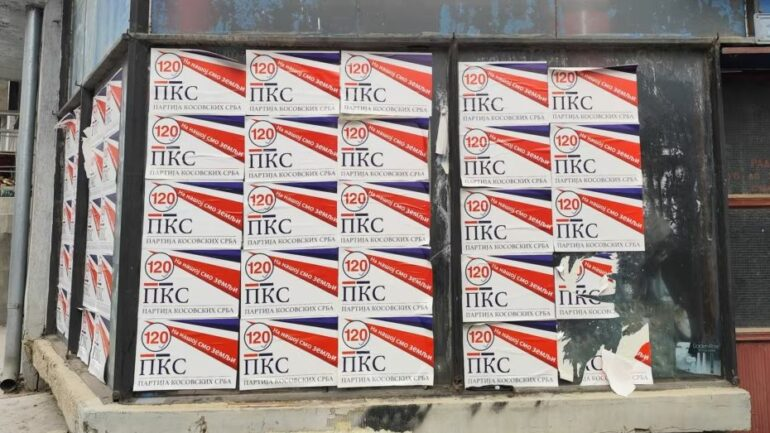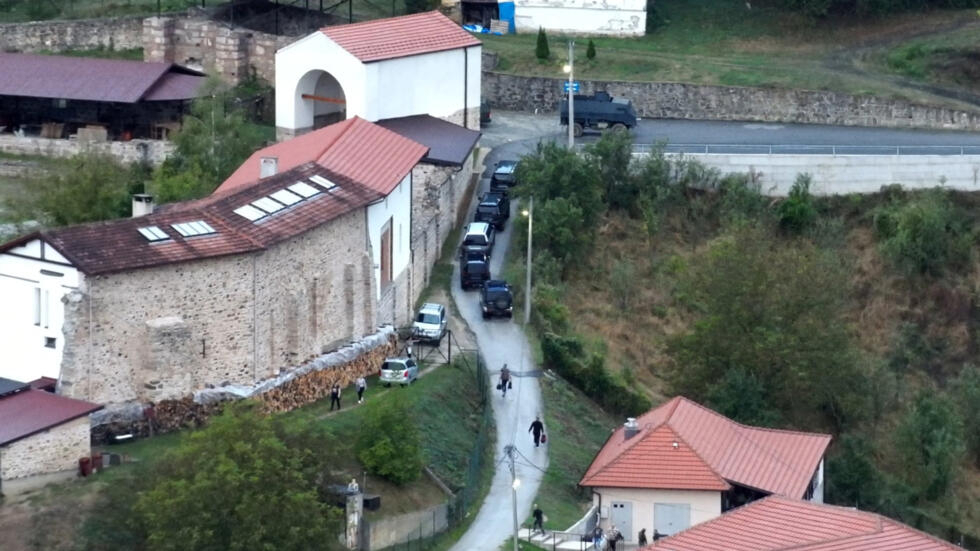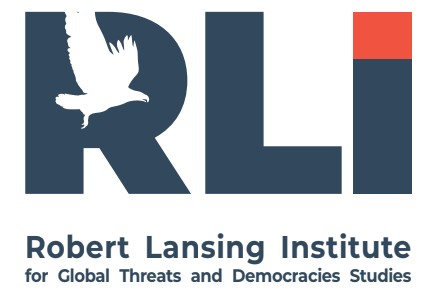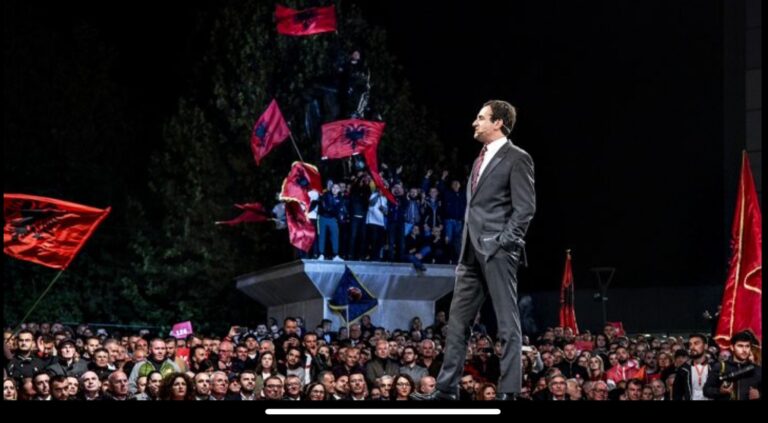Although the counting of conditional votes is still ongoing, particularly those from diaspora, the February 9 parliamentary elections have already revealed significant challenges. The Central Electoral Commission faced major technical issues in the digital vote-counting system. Despite these difficulties, the Self-Determination Movement (LVV) emerged as the party with the highest percentage of votes. However, will this majority be enough to form a new government without opposition parties? This seems unlikely, as preliminary results create uncertainty regarding the composition of both the Assembly and the new executive.

More on this story: Big challenges await the new government of Kosovo
As we anticipated, LVV lost approximately 10 percent of the vote compared to the last elections, securing about 41 percent in 2025, which translates into 47 parliamentary seats. The Democratic Party of Kosovo (PDK) followed with around 22 percent of the vote, gaining 25 seats. The biggest surprise of these elections was the Democratic League of Kosovo (LDK), which had high expectations but ultimately placed third with roughly 17 percent, translating to 20 seats. The Alliance for the Future of Kosovo (AAK) secured about 7 percent of the vote, earning 8 seats. While the 100,000 outstanding votes from abroad and conditional ballots may cause minor changes, the overall outcome is expected to remain largely the same.
The largest Serbian party in Kosovo, ‘Lista Srpska’, participated in the elections after a prolonged boycott of the political process. In 2022, members of this party collectively resigned from Kosovo institutions in protest against government decisions to extend its authority throughout the country. Initially, the Central Electoral Commission did not certify Lista Srpska, but after appealing to the Election Complaints and Appeals Panel (PZAP), the party was granted approval to participate. Backed by Serbian President Aleksandar Vučić, Lista Srpska secured 4.43 percent of the vote, translating into nine parliamentary seats. Competing against five other Serbian political entities, the party dominated the Serbian vote. Additionally, one parliamentary seat may go to Nenad Rašić, leader of the Party for Freedom, Justice, and Survival, and a former Minister for Communities and Returns. In total, Kosovo’s non-majority communities have 20 guaranteed seats in the Assembly, with 10 allocated to the Serbian community.
Although LVV won the elections in terms of percentage, it does not have enough seats to form a government independently, as 61 votes are required. Party leader Albin Kurti has explicitly ruled out forming a coalition with opposition parties. Even after exit poll results were announced, Kurti dismissed the opposition in a controversial victory speech, referring to them as “hajvan,” a derogatory term meaning domesticated animals used for carrying loads. This statement was widely criticized both by Kosovar analysts and international media, which have described Kurti as a far-left politician and the opposition as pro-Western.
Nevertheless, Kurti will need allies to form a government. Even if all 10 non-majority community seats were secured—excluding Lista Srpska—it would still be insufficient, as four more votes would be needed. Some MPs from smaller parties may voluntarily align with Kurti to facilitate government formation, as was the case in the previous mandate. However, if Lista Srpska were to be included in a coalition—an unlikely scenario—it would dramatically alter the political landscape. In exchange for its support, Lista Srpska would likely demand an amnesty for Milan Radoičić, its former vice-president, who admitted to orchestrating an armed attack in Banjska, Zvečan, in September 2023. Such a coalition could lead to a fragile and short-lived government.

More on this story: Vucic showed again that he is not interested in the European agenda
The opposition parties have also declared their unwillingness to form a coalition with Kurti. However, if a political deadlock ensues, international pressure may be exerted to break the stalemate. In such a case, a coalition involving LVV, AAK, and the 10 non-majority community seats could be formed to establish the Kurti 3 government. However, this arrangement would likely last only until April next year, when President Vjosa Osmani’s mandate expires, necessitating a two-thirds majority in the Assembly to elect a new president.
If LVV fails to form a government in three parliamentary sessions, the opportunity would pass to the party with the second-highest vote percentage—in this case, PDK, led by Bedri Hamza. Hamza is regarded as a reputable politician with a clean record, free of corruption accusations. He previously served two terms as Minister of Finance and was also the Governor of the Central Bank of Kosovo. If PDK forms a government with other opposition parties, a PDK+LDK+AAK coalition, along with seats reserved for non-majority communities, could create an inclusive government. Such a coalition would prioritize restoring international relations, lifting EU sanctions on Kosovo, attracting investments, and fulfilling opposition promises, including infrastructure development, digitalizing schools, and increasing public sector salaries. However, skepticism remains regarding the long-term political stability of such a government.

It is worth noting that 125,000 young voters participated in the elections for the first time. According to the Central Electoral Commission, 1,970,944 citizens had the right to vote in the February 9 elections. However, voter turnout was lower compared to the 2021 elections, reflecting broader political uncertainty in the country.




